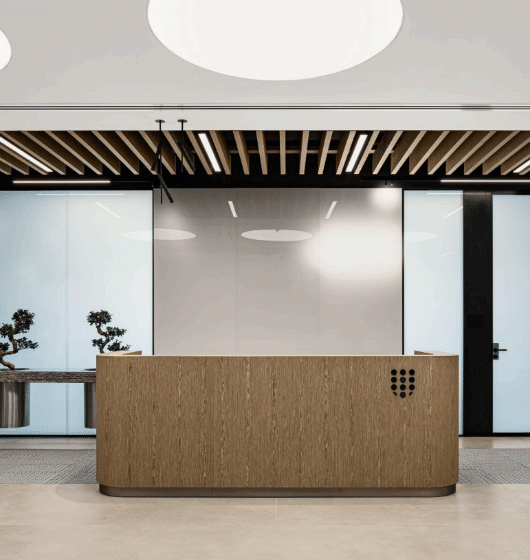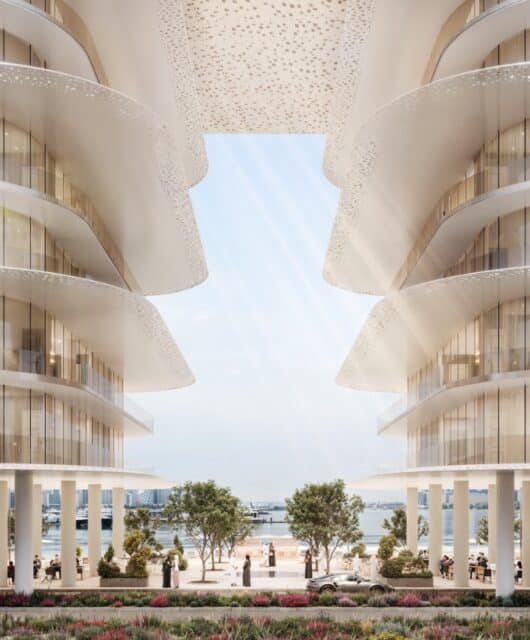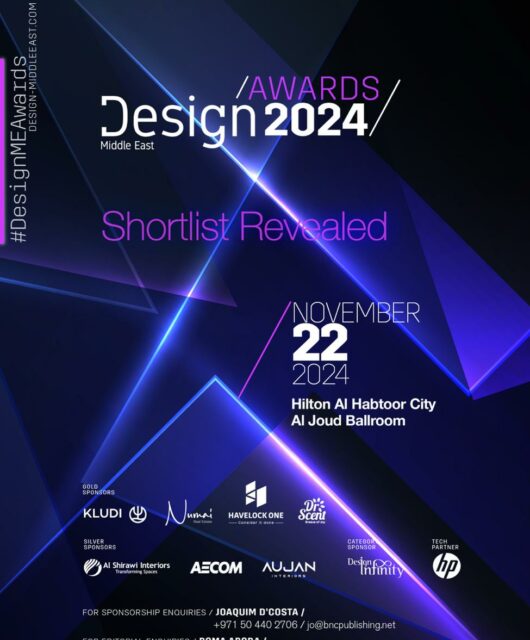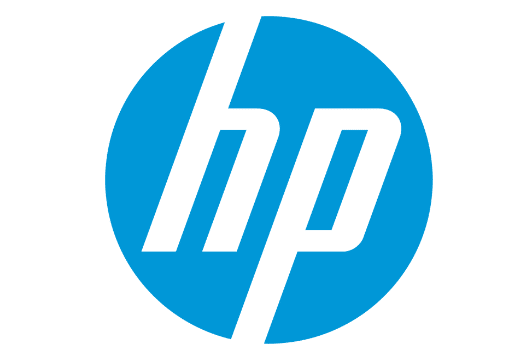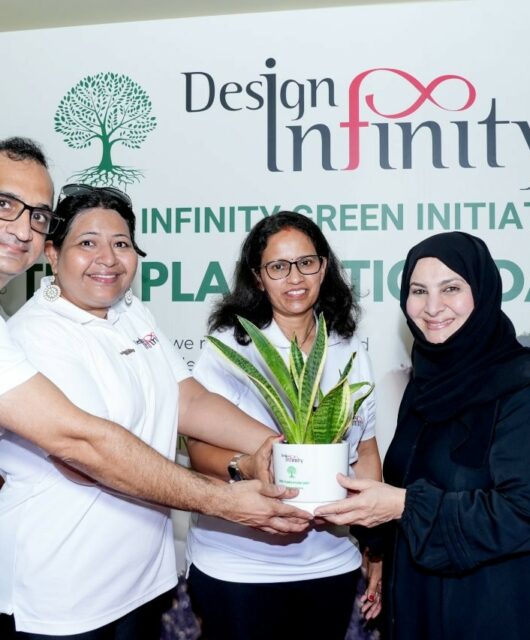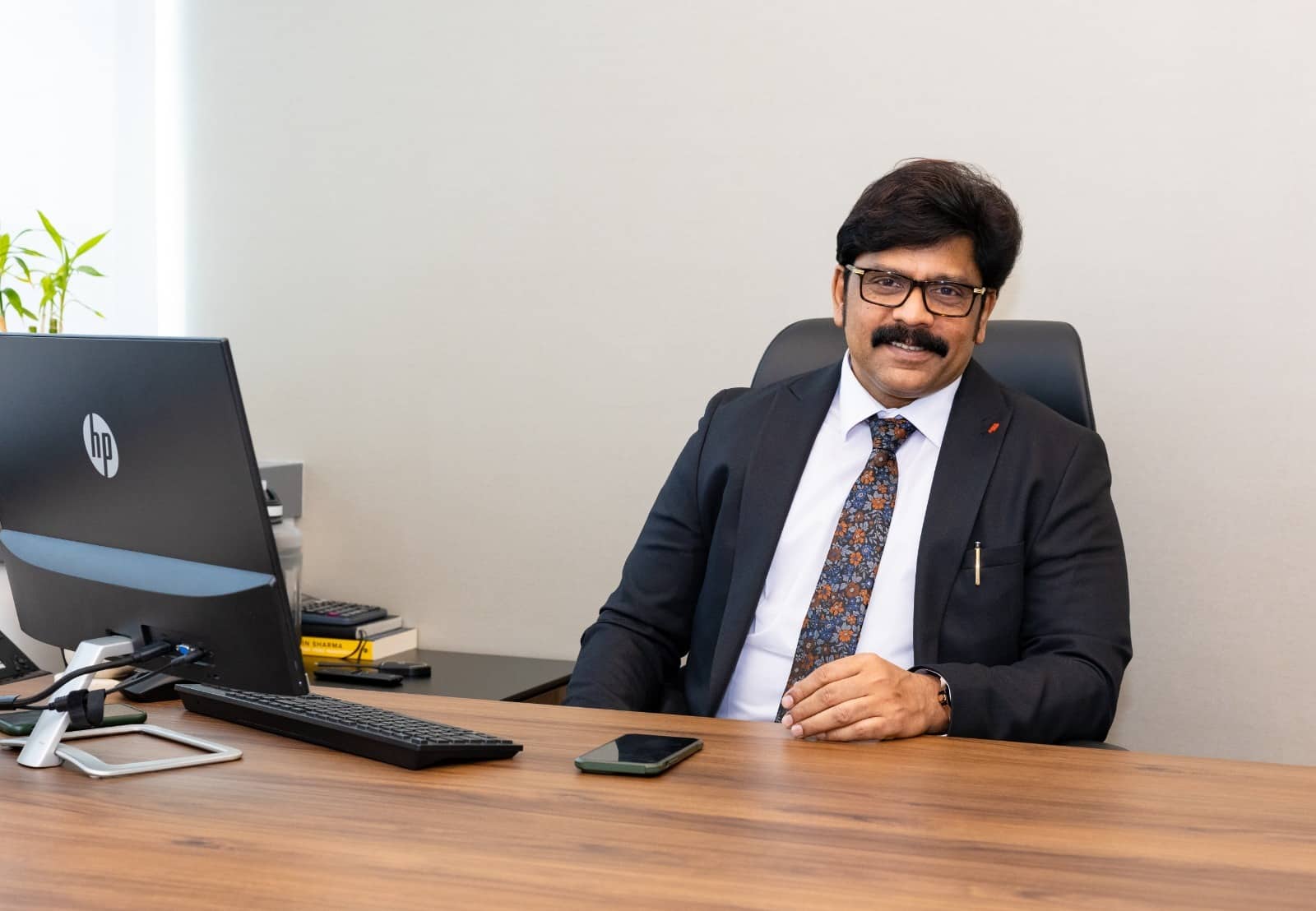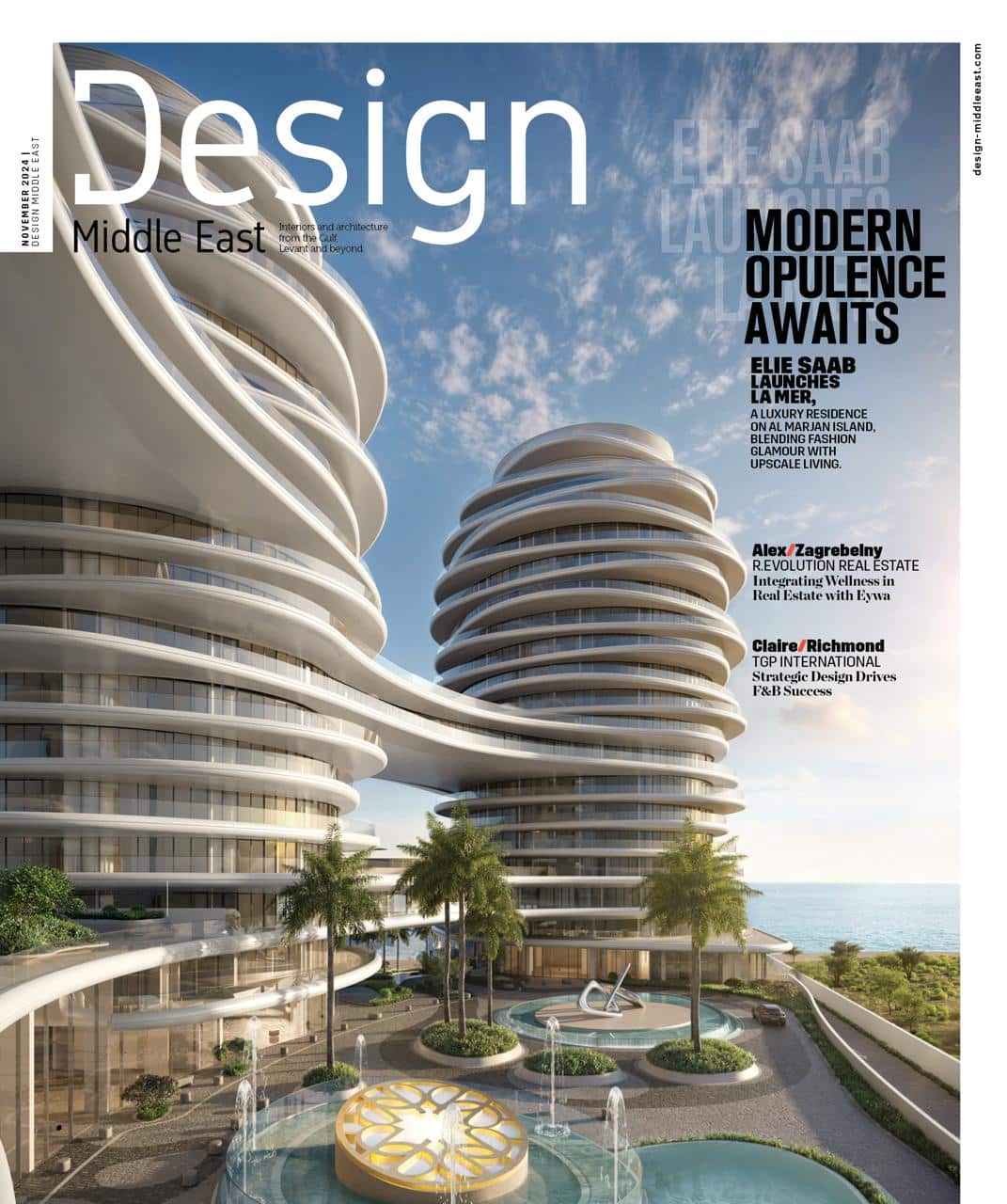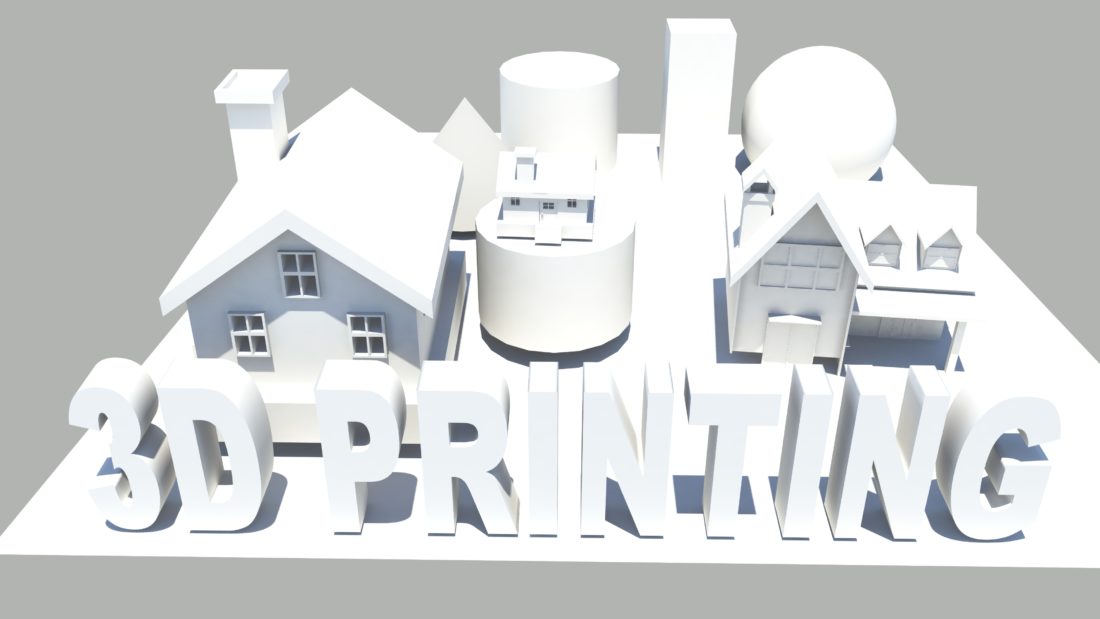 James Marvin Skaines, director at PNC Architects, pens down the trends that will define the future of buildings
James Marvin Skaines, director at PNC Architects, pens down the trends that will define the future of buildings
3D Printing
Though 3D printers are a relatively new technology, it is now progressing as a faster, more sustainable alternative to traditional methods of construction with a growing number of projects. The technology involves using building-sized printers that inject layers of material such as cement onto a digitally marked framework to form the exterior and interior walls and roof. Additives to the cement help it solidify far faster, and the entire construction process can be completed in days instead of months, reducing waste material by up to 30%. Thus, offering a faster, more cost-effective way to construct buildings With a global skills shortage in construction, 3D-printing could revolutionise the industry – not only by reducing the number of people on-site, but by increasing productivity as work can continue outside of typical hours.
Passive technology
Passive technology is the maximised use of natural sources of heating, cooling, and ventilation to create comfortable conditions inside the buildings. It controls environmental conditions such as solar radiation, cool night air, and air pressure differences to drive the internal environment. Passive design technology does not involve mechanical or electrical systems and shall create buildings that consume less energy. The key to designing a passive building is by taking advantage of the local climate (micro-climate) and therefore, climate characteristics and classification can help in identifying approaches from site planning and initial analysis. Climate and comfort are the two fundamental measures in passive design that require attention. Passive design is a major part of the environmental design and approaches utilising several techniques and strategies that can be employed to the buildings in all types of climates around the world such as orientation, ventilation, shading devices, thermal mass, insulation, daylighting, and so on. In simple terms, a shallow building orientated perpendicular to the prevailing wind with openings on both sides will allow sunlight to penetrate into the middle of the building and will enable cross ventilation. This should reduce the need for artificial lighting and may mean that cooling systems and mechanical ventilation are not necessary. In taller buildings, James Marvin Skaines stack ventilation can be used to draw fresh air through a building, and in deeper buildings atriums or courtyards can be introduced to allow light into the centre of the floor plan.

The smart home and the Internet of Things (IoT)
Technology escalates our living standards from automation, lighting control, whole home AV, home security, automatic home appliances to creating the perfect atmosphere. Smart Homes and IoT mutate directly our living standards— features not only provide comfort but redefine a way of living. A smart home allows its owner to be aware of its status and energy efficiency management anytime, anywhere.
Urban farming—hydroponic garden
Food security and healthy living could be a potential factor for a trend towards urban farming and residential hydroponic gardening. In addition to providing some varieties of vegetables and herbs in an urban home, hydroponic gardening and even small natural soil terrace garden can add an ambience of greenery and warmth to the urban home. Architecture today with very little effort and cost can respond to a need for food security by converting internal walls into hydroponic green walls and open terraces into herb and vegetable gardens.
Moving home closer to work
Architects and planners must look into practice to respond to social progress. One major social issue needing addressing is the proximity distance between the major workforce in most of our cities and where this workforce lives. Many workers clog the highways with one and two hour commutes to and from work and home. Besides the impact of pollution on our environment, the toll on the worker and family life is immense. A clear trend responding to this work/home displacement to design and build residential buildings within office zones and on the edges of industrial zones is crucial in urban planning and master planning. The savings in infrastructure cost alone could easily offset the development cost to this trend.
Pedestrian cities are the cities of the future
Cities of today are characterised by wide roads, parking lots of the size of football stadiums, and more. As we embrace this trend, our cultures become more sedentary and rates of obesity and heart disease increase. However, in recent times, people are becoming more conscious of its negative impact and are making efforts to undo decades of urban propaganda. As a result, there has been an evident increase in cities striving to become pedestrian friendly. Walking is the simplest, most cost-efficient way to improve a city’s economic and environmental viability, and it creates healthier, happier residents. Giving importance to walking can help designers build more inviting streets and allow cities to prioritise their people over cars. Walkable cities are better for the for the environment, people’s overall wellness, and positively impact levels of wealth.
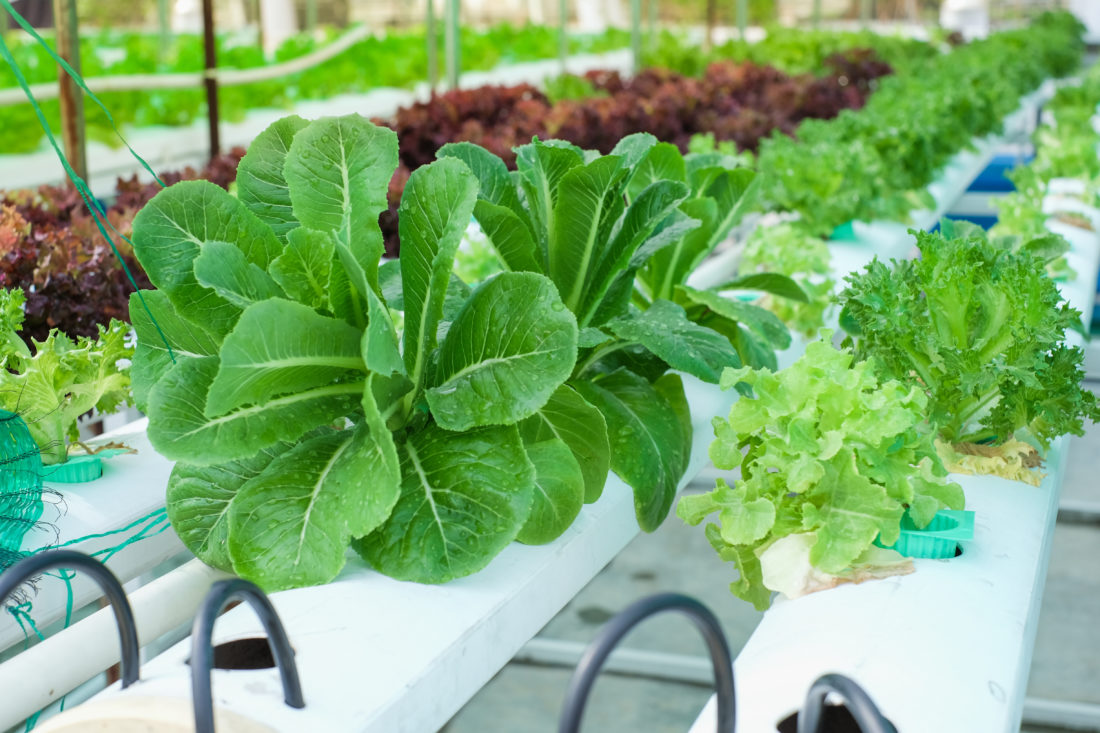
A trend to look for ways to green our environments for aesthetic reasons as well as creating a more sustainable living environment is essential for architecture to respond. Large industrial buildings in industrial areas are prime areas for this trend response through the simple introduction of a second skin of a lightweight mesh where creepers can climb and eventually, cover dead blank walls with living green walls providing oxygen and removing carbon monoxide from the environment.
Smart homes and Artificial Intelligence (AI)
Imagine walking into your home at any time of day and your home automation system TRENDS recognises your temperature and heart rate and determines what you need to drink, your refrigerator dispenser then delivers a drink to your great satisfaction. At the same time, your audio system turns on music to suit your mood and your AC and lighting adjusts to manage your body temperature and activity. Advances in AI and home automation are rapidly changing our built environment and this trend will only continue to evolve and change the way we live. Architecture today must embrace and lead in these advances.

